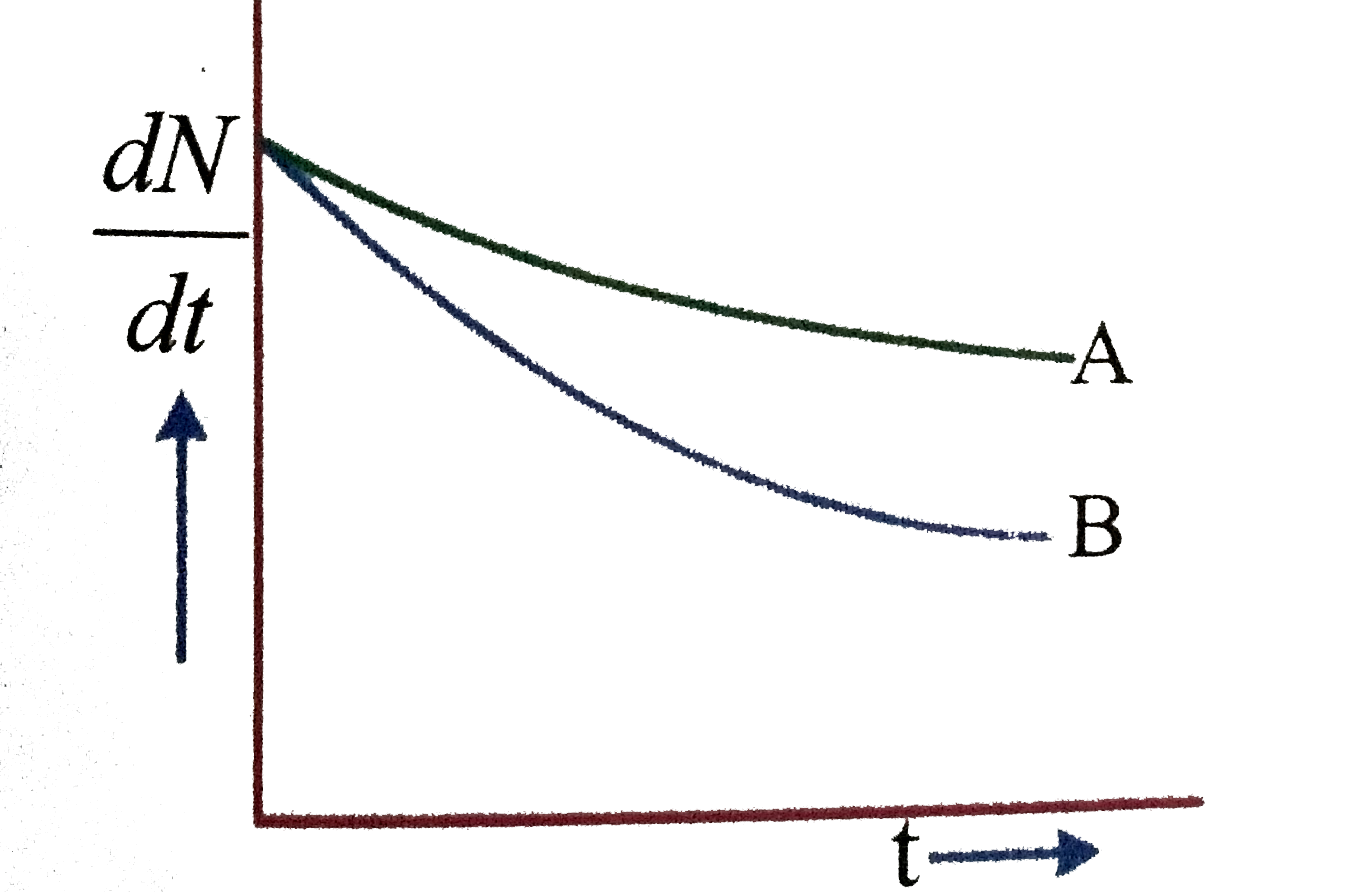Consider the two samples of DNA shown below. Single strands are shown for simplicity:
Sample #1
CAGTGATCTCGA ATTCGCTA GTA ACGTT
Sample #2
TCATGA ATTCCTGGA ATCAGCAAATGCA
If both samples are treated with a restriction enzyme (recognition sequence GAATTC) then indicate the number of fragments and the size of each fragment from each sample of DNA.
Sample # 1
# of fragments:_____
Sample # 2
# of fragments:_______
List fragment size in order: largest → smallest
Sample # 1
Sample # 2
To solve the problem, we need to analyze both DNA samples and identify where the restriction enzyme (recognition sequence GAATTC) cuts each strand. Let's break down the steps:
Step 1: Identify the recognition sequence in Sample #1
- Sample #1: CAGTGATCTCGA ATTCGCTA GTA ACGTT
- We need to find the sequence GAATTC in this sample.
- The sequence GAATTC is present in the DNA strand at the position "ATTCGCTA".
Step 2: Cut the DNA at the recognition site in Sample #1
- The enzyme will cut between G and A in GAATTC.
- After cutting, we will have two fragments:
1. Fragment 1: CAGTGATCTCGA (from the start to G)
2. Fragment 2: ATTCGCTA GTA ACGTT (from A to the end)
Step 3: Determine the size of each fragment in Sample #1
- Fragment 1: CAGTGATCTCGA has 12 nucleotides.
- Fragment 2: ATTCGCTA GTA ACGTT has 17 nucleotides.
- Thus, the sizes in order from largest to smallest are:
- Fragment 2: 17 nucleotides
- Fragment 1: 12 nucleotides
Step 4: Identify the recognition sequence in Sample #2
- Sample #2: TCATGA ATTCCTGGA ATCAGCAAATGCA
- We need to find the sequence GAATTC in this sample.
- The sequence GAATTC is present at the position "ATTCCTGGA".
Step 5: Cut the DNA at the recognition site in Sample #2
- The enzyme will cut between G and A in GAATTC.
- After cutting, we will have two fragments:
1. Fragment 1: TCATGA (from the start to G)
2. Fragment 2: ATTCCTGGA ATCAGCAAATGCA (from A to the end)
Step 6: Determine the size of each fragment in Sample #2
- Fragment 1: TCATGA has 6 nucleotides.
- Fragment 2: ATTCCTGGA ATCAGCAAATGCA has 24 nucleotides.
- Thus, the sizes in order from largest to smallest are:
- Fragment 2: 24 nucleotides
- Fragment 1: 6 nucleotides
Final Results
- Sample #1:
- # of fragments: 2
- Fragment sizes: 17, 12
- Sample #2:
- # of fragments: 2
- Fragment sizes: 24, 6
Summary
- Sample #1:
- # of fragments: 2
- Sizes: 17, 12
- Sample #2:
- # of fragments: 2
- Sizes: 24, 6
- Sample #1: CAGTGATCTCGA ATTCGCTA GTA ACGTT
- We need to find the sequence GAATTC in this sample.
- The sequence GAATTC is present in the DNA strand at the position "ATTCGCTA".
- The enzyme will cut between G and A in GAATTC.
- After cutting, we will have two fragments:
1. Fragment 1: CAGTGATCTCGA (from the start to G)
2. Fragment 2: ATTCGCTA GTA ACGTT (from A to the end)
- Fragment 1: CAGTGATCTCGA has 12 nucleotides.
- Fragment 2: ATTCGCTA GTA ACGTT has 17 nucleotides.
- Thus, the sizes in order from largest to smallest are:
- Fragment 2: 17 nucleotides
- Fragment 1: 12 nucleotides
- Sample #2: TCATGA ATTCCTGGA ATCAGCAAATGCA
- We need to find the sequence GAATTC in this sample.
- The sequence GAATTC is present at the position "ATTCCTGGA".
- The enzyme will cut between G and A in GAATTC.
- After cutting, we will have two fragments:
1. Fragment 1: TCATGA (from the start to G)
2. Fragment 2: ATTCCTGGA ATCAGCAAATGCA (from A to the end)
- Fragment 1: TCATGA has 6 nucleotides.
- Fragment 2: ATTCCTGGA ATCAGCAAATGCA has 24 nucleotides.
- Thus, the sizes in order from largest to smallest are:
- Fragment 2: 24 nucleotides
- Fragment 1: 6 nucleotides
- Sample #1:
- # of fragments: 2
- Fragment sizes: 17, 12
- Sample #2:
- # of fragments: 2
- Fragment sizes: 24, 6
- Sample #1:
- # of fragments: 2
- Sizes: 17, 12
- Sample #2:
- # of fragments: 2
- Sizes: 24, 6
Topper's Solved these Questions
- BOOK - CENGAGE BIOLOGYCHAPTER - BIOTECHNOLOGYEXERCISE - CONSOLIDATED EXERCISE (MULTIPLE CHOICE QUESTIONS WITH ONE OR MORE THAN ONE CORRECT ANSWER)49videos
BIOTECHNOLOGY
- BOOK - CENGAGE BIOLOGYCHAPTER - BIOTECHNOLOGYEXERCISE - OLYMPIAD AND NTSE LEVEL EXERCISES11videos
BIOTECHNOLOGY
- BOOK - CENGAGE BIOLOGYCHAPTER - BIOTECHNOLOGYEXERCISE - CHALLENGING EXERCISE2videos
BIOTECHNOLOGY
- BOOK - CENGAGE BIOLOGYCHAPTER - CHROMOSOMAL THEORY OF INHERITANCE AND GENETIC DISORDERSEXERCISE - MANDATORY CHALLENGING EXERCISE3videos
CHROMOSOMAL THEORY OF INHERITANCE AND GENETIC DISORDERS
Similar Questions
Knowledge Check
- Question 1 - Select One
The sample with largest number of atoms is
A1 g of O2(g)B1 g of Ni (g)C1 g of B (s)D1 g of N2 (g) - Question 2 - Select One
A sample of oleum is labelled 109% . The % of free SO3 in the sample is
A40%B80%C60%D9% - Question 3 - Select One
Two dice are thrown. The number of sample points in the sample space when six does not appear on either dice is
A11B30C18D25
Define random sampling. How is it different from haphazard sampling?
View SolutionSampling erros are related to the size of nature of the sample selected. (True/False)
View SolutionGive two examples each of sample and population.
View SolutionThe outcomes of 5 tosses of a coin are recorded in a single sequence as H(head) and T(tail) for each toss. What is the number of elementary events in the sample space ?
View SolutionAfter the fragmentation by restriction endonuclease enzyme, the fragments are separated according to their size, this is called
View Solution



